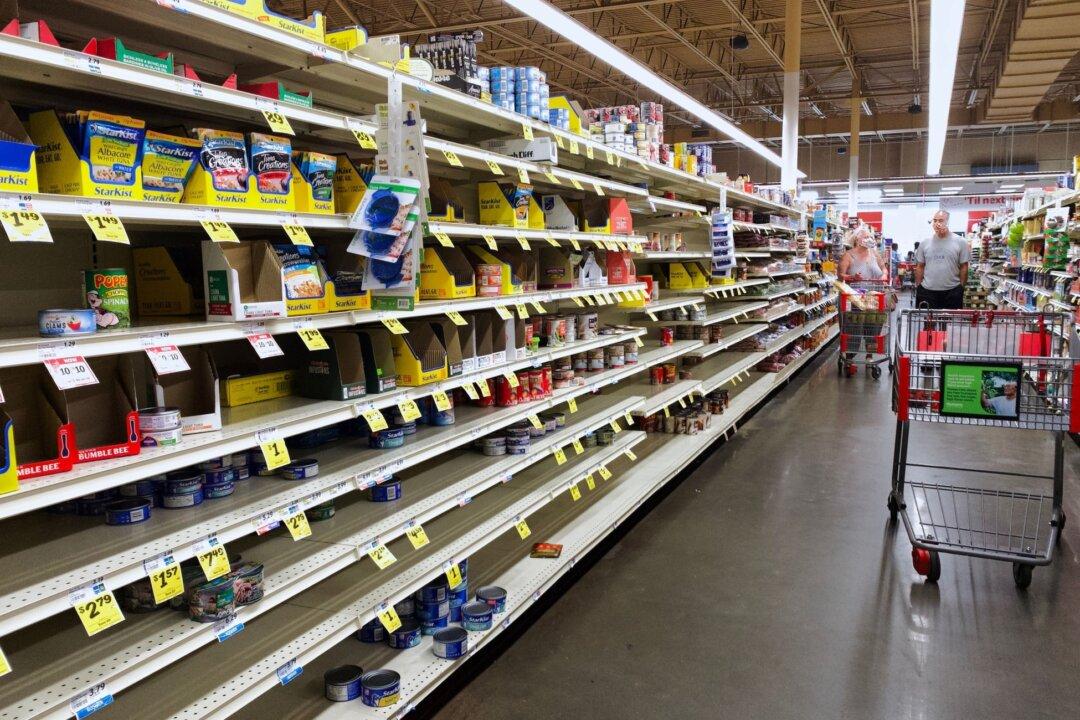Commentary
Inflation picked up in October but remains more or less on track. The Personal Consumption Expenditures Price Index (PCEPI), which is the Federal Reserve’s preferred measure of inflation, grew at a continuously compounding annual rate of 2.9 percent in October. It has grown at an annualized rate of 2.1 percent over the past three months and 2.3 percent over the past year.



